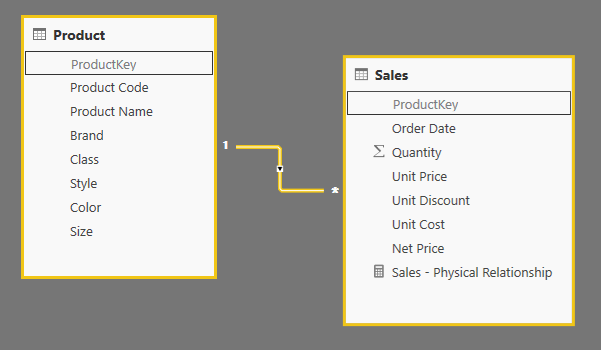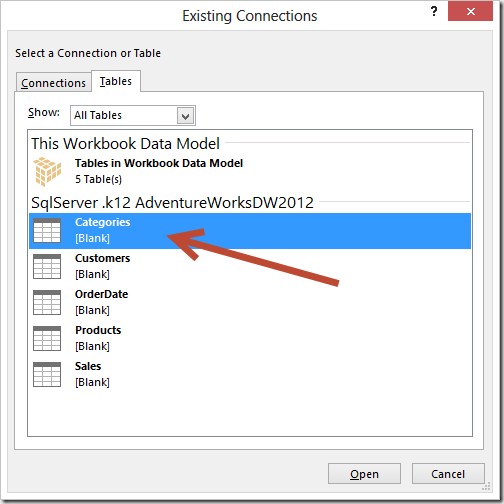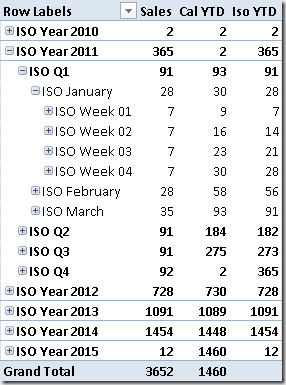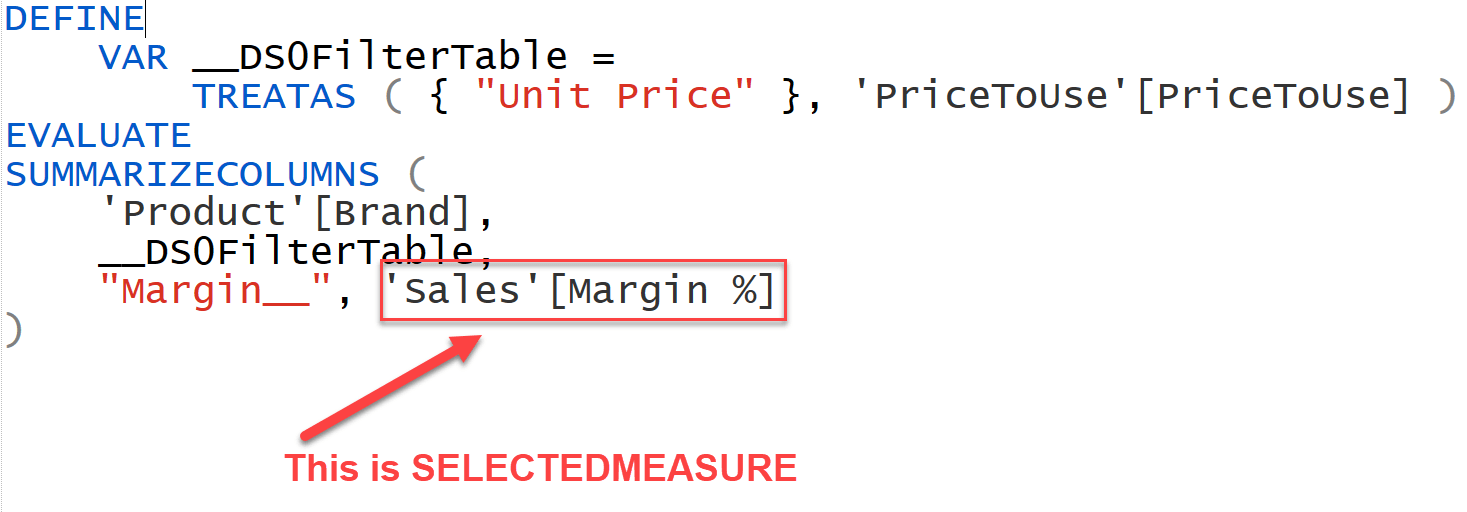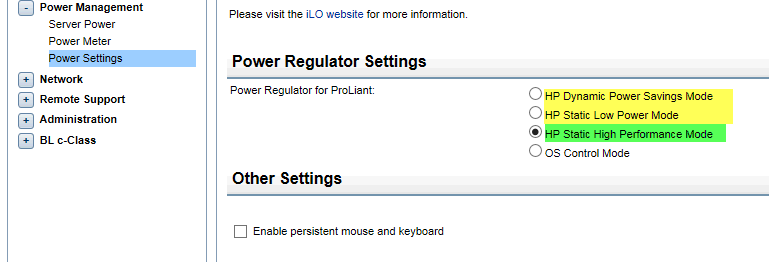-
This article describes how to import into DAX Studio the performance metrics that can be exported by the Power BI Performance Analyzer, simplifying the analysis of slower queries in a report. Read more
-
DAX calculations can leverage relationships present in the data model, but you can obtain the same result without physical relationships, applying equivalent filters using specific DAX patterns. This article show a more efficient technique to apply virtual relationships in DAX… Read more
-
This article describes the behavior of the DAX functions that manipulate sets; they are useful to create queries and sometimes also to author measures. Read more
-
This article and its companion video describe how to create a service principal account to be used with the Power BI API. The reader must already be familiar with the Power BI API. Read more
-
This article contains a short checklist of what you have to do in order to optimize the memory used by a data model in PowerPivot or in Analysis Services Tabular, including links to tools and resources that can help you… Read more
-
In PowerPivot for Excel 2010 it is possible to import an Excel table in a PowerPivot data model by using the Linked Table feature. Excel 2013 expands this capability by Read more
-
This article explains why in many cases, MAX should be used instead of LASTDATE to search for the last date in a time period using DAX. Read more
-
The DAX language provides several Time Intelligence functions that simplify writing calculations such as year-to-date (YTD), year-over-year (YOY) and so on. However, if you have a special calendar structure such as a 4-4-5 weeks’ calendar, you need to write your… Read more
-
This article describes how to use calculation groups to dynamically replace only a partial expression in a complex DAX calculation. Read more
-
Hardware and virtualization settings have a big impact on Analysis Services Tabular performance. This article describes best practices for the most important settings to check. Read more

